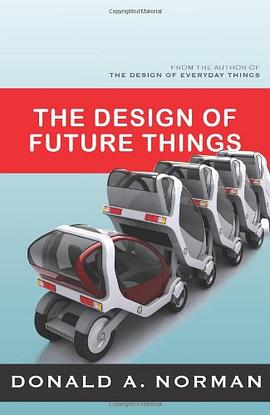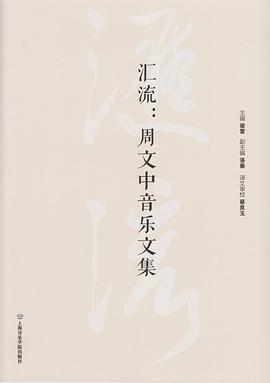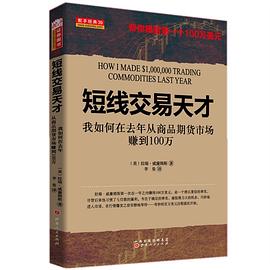The Design of Future Things
内容简介
From best-selling author Donald A. Norman, the long-awaited sequel to The Design of Everyday Things : a critical look at the new dawn of "smart" technology, from smooth-talking GPS units to cantankerous refrigerators. Donald A. Norman, a popular design consultant to car manufacturers, computer companies, and other industrial and design outfits, has seen the future and is worried. In this long-awaited follow-up to The Design of Everyday Things , he points out what's going wrong with the wave of products just coming on the market and some that are on drawing boards everywhere--from "smart" cars and homes that seek to anticipate a user's every need, to the latest automatic navigational systems. Norman builds on this critique to offer a consumer-oriented theory of natural human-machine interaction that can be put into practice by the engineers and industrial designers of tomorrow's thinking machines. This is a consumer-oriented look at the perils and promise of the smart objects of the future, and a cautionary tale for designers of these objects--many of which are already in use or development.
......(更多)
作者简介
Don Norman博士的背景是工程学和社会科学,在学术界和工业界都具有极高的荣誉。他是美国西北大学计算机科学系的教授,以及加州大学名誉教授。Norman博士是Nielsen Norman Group(帮助企业设计制造以人为中心的产品和服务的商务咨询公司)的发起人之一。1999年,Upside杂志并提名他为世界100精英之一。Norman博士出版了大量的书籍和研究报告。他是13本书的作者或作者之一,作品被翻译成12种语言。其中包括最有名的《日常事物的设计》和《情感化设计》。
......(更多)
目录
......(更多)
读书文摘
高科技設計者常以他們設計的系統具有「溝通能力」為榮。可是,進一步分析發現,那並不是真正的溝通,即單向的一問一答的溝通,充其量只不過是兩句單向的獨白。我們隊機器提出指令,然後,及其對我們回以指令。兩句獨白並不構成一段對話。
机器和人交流的五原则: 1.尽可能简单 2.给人类以概念模型——“自然”的响应,e.g.要坏掉或有危险 3.给出原因 4.让人类觉得自己处于控制地位——or假象(~电梯门啦交通灯开关啦) 5.始终让人感到安心——安心和骚扰的一线之隔 6.不得将人类的行为称之为“错误”(人类补上,啊哈哈哈哈)
......(更多)






